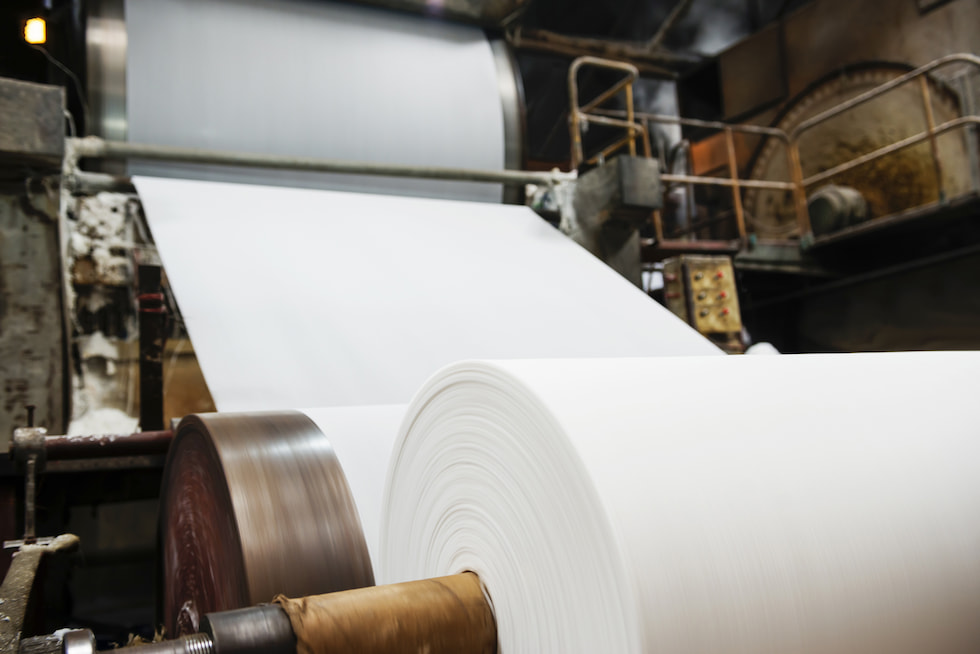
A modern electrical direct drive in pulp and paper processing uses a permanent magnet motor directly coupled to a paper machine. Without the need for gearboxes found in standard induction motors, direct drives offer advantages. Direct drive motors are synchronous, with nominal slip, improving control accuracy.
The motor also offers a lower speed range (200 to 600 rpm), yet higher torque at those low speeds, helping improve control. In addition, the absence of a gearbox and other mechanical drive components reduces space and maintenance requirements. Here are six reasons why pulp and paper manufacturers should consider using direct drives to optimize operations:
1. Improve Energy Efficiency
Coupling the drive directly to the paper machine with permanent magnet technology (i.e., direct drive) can have a positive impact on reducing power consumption. Importantly, the high energy losses typically associated with gearboxes are eliminated. Permanent magnet technology means that the stator current is not required to magnetize the rotor, resulting in reduced electricity consumption.
With improved electrical efficiency and elimination of some of the drive mechanics, direct drive systems can offer efficiency savings of up to 5 percent over standard induction motors, which over 20 to 30 years is substantial.
2. Improve Power Management
Direct drive motors can reach high horsepower (hp) at low voltage. In addition, direct drives need not incorporate pulse encoders, and synchronous motors offer accurate speed control at the drive for better machine operation at low speeds. It is possible to find direct drives with up to 3,000 hp.
3. Improve Reliability
Gearboxes typically provide a 20-year life cycle. To achieve that, they require regular lubrication and mechanical maintenance. Direct drive motors can expect extended bearing life. Alternating current (AC) permanent magnet motors have proven high performance and flexibility at 200 to 600 rpm and contain fewer moving parts. Lower motor rotating speeds help boost production as they allow essential sections of the process to run slower and with more accuracy.
4. Enable Safe Operations
Direct drives provide efficient technology, which means fewer components and simpler configurations, easier installation and smart use of mill floor space. This can eliminate some maintenance safety concerns.
5. Reduce Engineering Costs
Eliminating a gearbox and removing the mechanical gears and pulse encoders reduces both the machine backside footprint and the engineering hours required to install and commission the drive.
6. Reduce Footprint & Maintenance Requirements
A modular, direct drive system means the drives are compact, all the parts are accessible and the parts count is minimal.
Case Study
A leading manufacturer of tissue, pulp, paper and packaging converted both a paper machine with existing direct current (DC) and AC drives, and a line shaft machine to direct drive technology in its U.S. mills. For context, the line shaft conversion is a modernization opportunity. Adding permanent magnets simplifies the mechanics and offers operators an elevated degree of equipment control.
The move from DC to nonconventional direct drive systems has helped the company realize energy savings. They have since installed direct drive systems at 23 mills globally.
For now, direct drive technology remains an opportunity for pulp and paper manufacturers to potentially realize increased productivity and energy savings.

